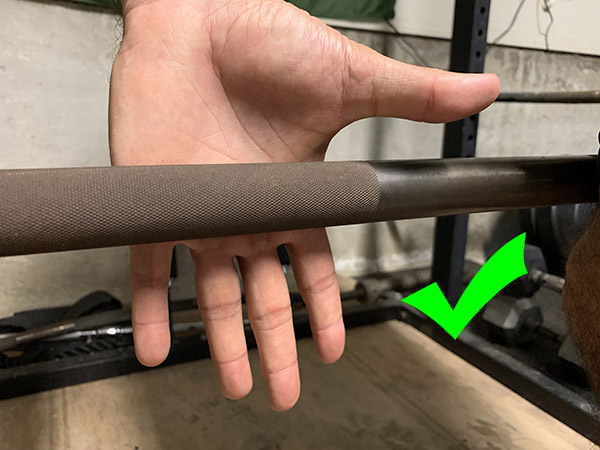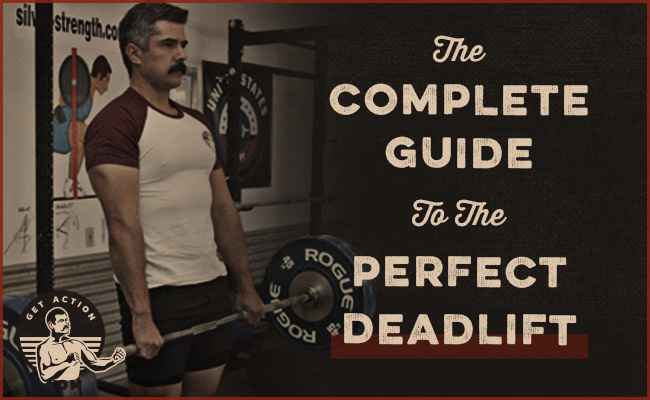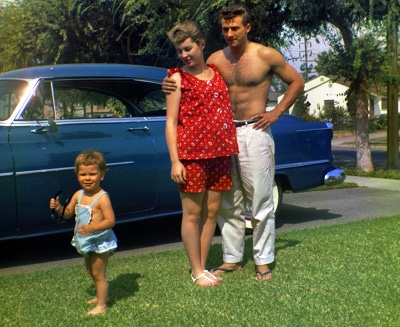When you start lifting weights, your body undergoes a lot of adaptations. Muscles get bigger, tendons get stronger, and fat tissues decrease.
Your skin also adapts to the stress of barbell training by forming rough, tough calluses on your hands where you grip the barbell.
Calluses aren’t just dermatological badges of honor. They help protect your hands from the barbell and allow you to get a better grip on it. You need calluses to lift heavy.
But you don’t want your calluses to get too big or else you risk one ripping off while doing a pull-up, deadlift, or Olympic lift. A callus typically rips off when its ridge catches on the bar during the middle of the movement. When a callus rips off, it leaves an open wound on your hand and it hurts like hell. The pain is best described as a persistent stinging sensation that only gets worse when you try to grip a barbell or pull-up bar. At its worst, a torn callus can make barbell training impossible for a few days, and even if you can work through it, it’s still extremely uncomfortable for a couple weeks.
I’ve only torn one callus during my lifting career. When I first started training, I didn’t do anything to manage my calluses so I had some big ones build up. During this time, I did an obstacle race that required me to cross some monkey bars. Halfway through a swing, a large callus on my right hand tore completely off. It hurt like a mother. It put a damper on my barbell training for a few days, and took about two weeks to heal. Since then, I’ve stayed on top of managing my calluses.
Below I walk you through what you can do to manage your calluses so you can keep your paws grippy and protected.
How to Manage Your Calluses
How to Prevent Excessive Callus Build-up
When it comes to callus management, you want to keep your calluses, but you don’t want them to get too big. The first step in keeping them pared down, is to prevent them from getting excessively large in the first place. Here’s how:
Don’t wear gloves. To prevent excess callus formation, you’d think it would be a no-brainer to wear gloves. But you’d be wrong. You don’t want to wear gloves when you lift weights. While gloves would indeed prevent calluses, they get in the way of you lifting the barbell properly. The leather in the glove adds thickness to the bar which makes gripping it during a deadlift more difficult. Also, you’re not looking for complete callus prevention; we want some toughening of our hand-hide as a natural adaptation and protection.
Hold the bar correctly. The best way to prevent excessive callus formation is to hold the barbell properly. When most people grab a barbell for a deadlift, they naturally want to place the bar in the middle of their palm. Gripping a barbell there feels more secure. But by gripping it this way, you sow the seeds of excessive callus formation.

Gripping a barbell in the palm of your hands creates a fold of skin at the top of your palm. When you pull up on the barbell, the fold gets shoved down towards your fingers. This folding is what causes calluses to form.
Instead of holding the barbell in the palm of your hands, grip it closer to your fingers at the proximal digital crease. You won’t have that skin folding occur when you grip the bar there. Gripping the bar this way won’t eliminate callus build-up (which again, we want), but will go a long way in reducing excessive callus build-up.
Use this same grip placement for pull-ups and chin-ups.
Use chalk. Chalk helps prevent the bar from slipping in your hands which reduces skin folding. Keeping your hands dry with chalk is just a good safety measure to take, so chalk up before every set.
How to Reduce Your Calluses
Even when you take measures to prevent and slow the growth of your calluses, eventually they’re going to get too big and will need to be intentionally reduced.
I do my callus maintenance every 2-3 weeks. My goal is to keep my calluses flush with my hands. If they’re looking like mountains on a topographic map, that’s a sign it’s time to pare them down. Here’s how I do it:
Soak hands. Callus reduction is much easier when the skin is soft and pliant. I usually cut mine after I’ve taken a hot shower. If you haven’t taken a shower, soak your hands in warm water for a few minutes.

Use a callus razor. A callus razor is a safety razor for your calluses. If you remember from our guide on safety razor shaving, when you shave your face, you’re not going for beard removal, but rather beard reduction. The same rule applies when you’re shaving your calluses. Don’t try to remove the callus with one fell swoop. You risk cutting down too far and creating a wound. Instead, lightly apply the razor on the callus and take several strokes to reduce it. The goal is to shave your calluses down so that they’re even with the palm of your hand.
How to Train With a Torn Callus
Let’s say you follow all these guidelines and you still suffer a torn callus. How do you keep lifting hefty weight with an open wound on your hand?
You’ll want to put some sort of barrier between the wound and the barbell. Ideally, this barrier is as thin as possible so that it doesn’t disrupt your grip on the bar. When I tore my callus off, I just applied some medical tape over the wound when I trained. It did the trick. Band-aids tended to come off too easily while lifting.
While you should avoid using gloves when you lift, when you have an open wound on your hand, using a glove might be the only thing that will allow you to keep training. Try the medical tape before you start using the glove.
After training and showering, apply some antibacterial cream and a band-aid to your wound to help speed the healing along.









